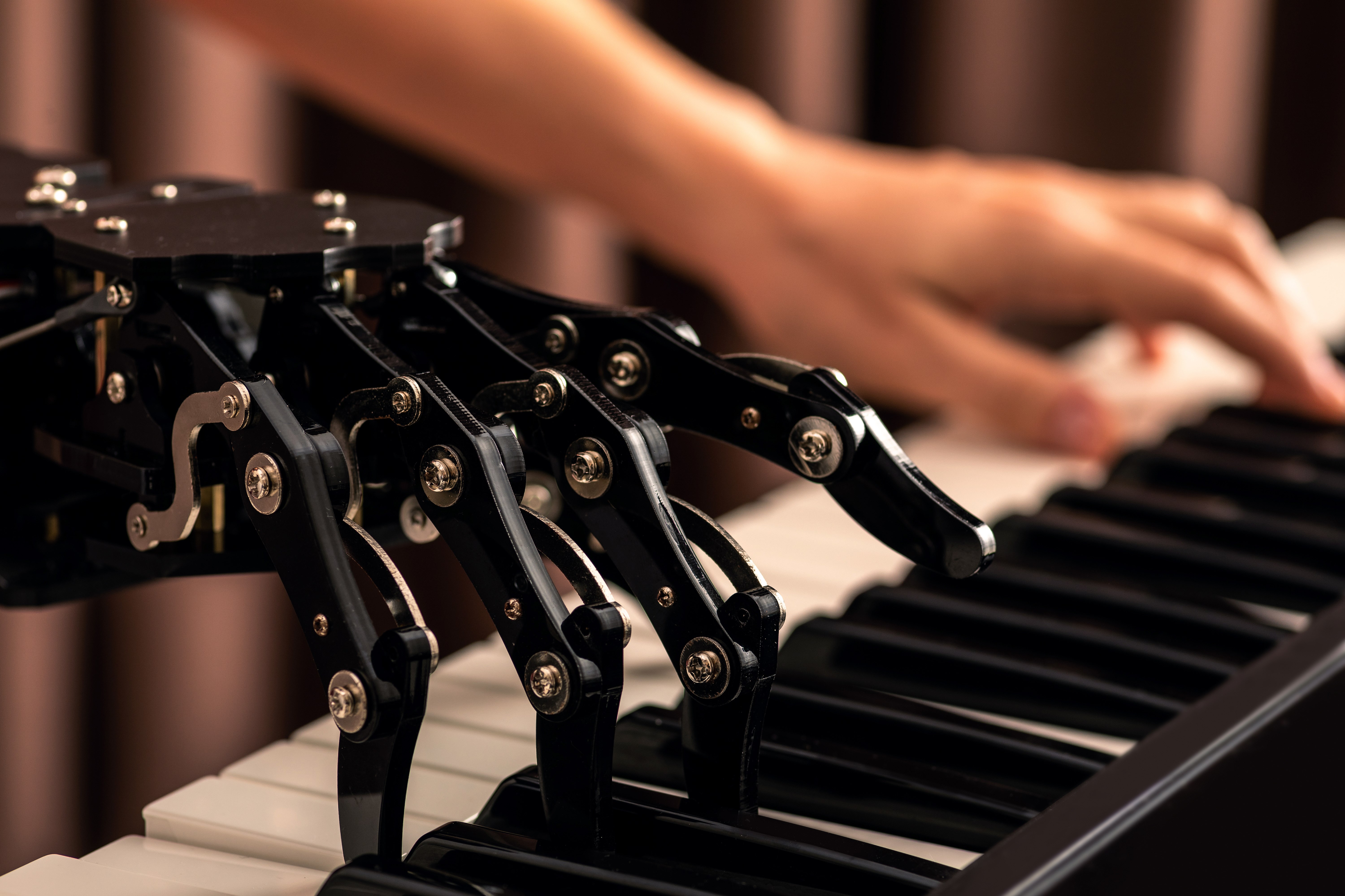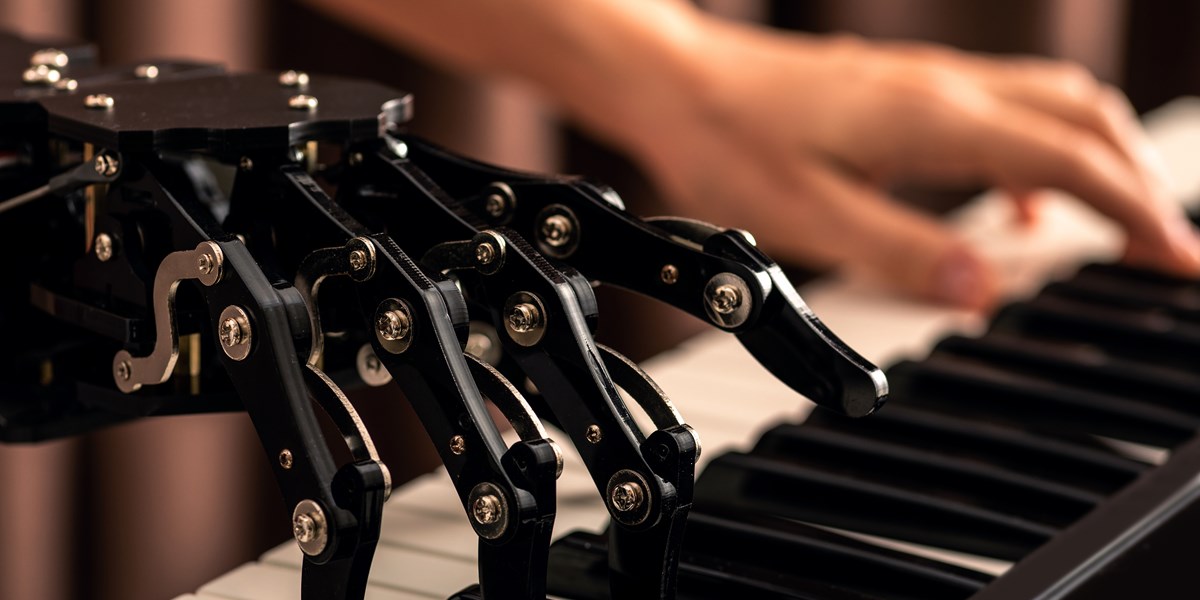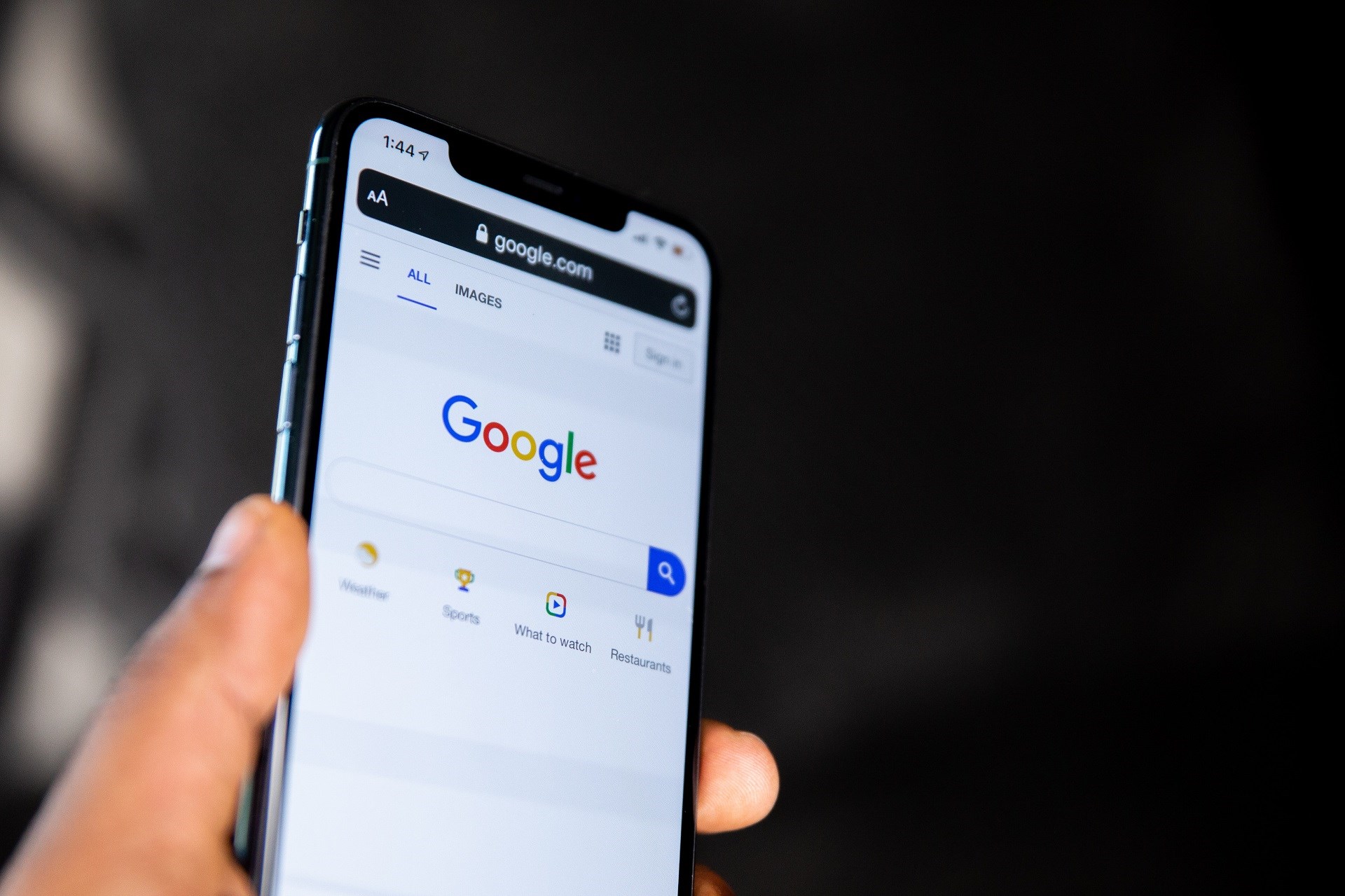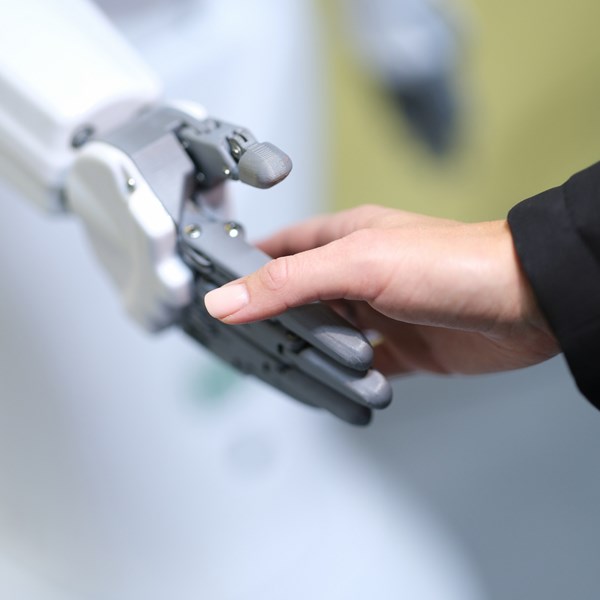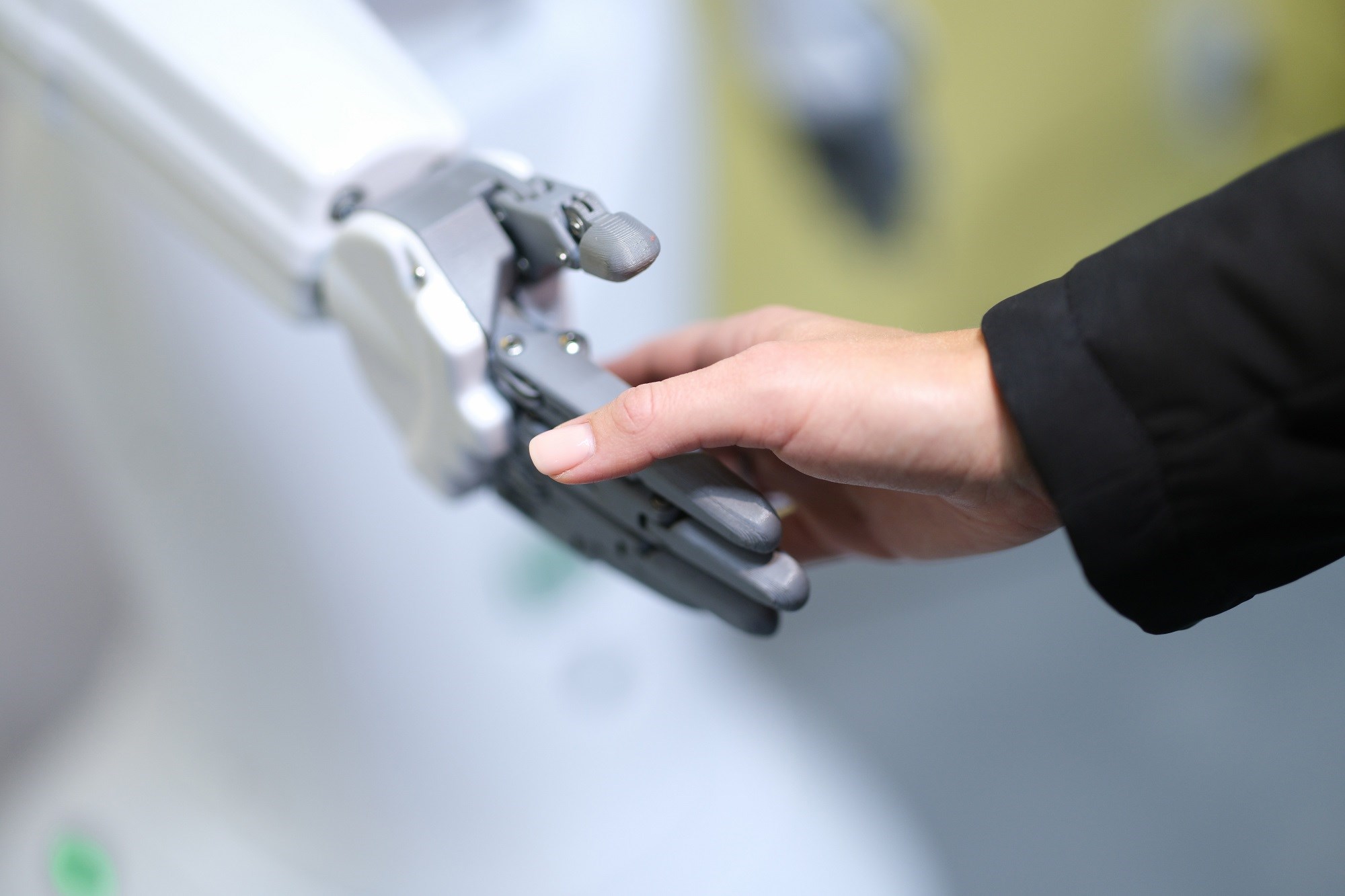In the potentially ground-breaking decision on Emotional Perception delivered late last year, the High Court found that a claim relating to a trained artificial neural network (ANN) did not fall foul of the recognised non-patentable subject matter exclusion for being a "computer program as such". However, the UK Intellectual Property Office (IPO) is now appealing the decision to the Supreme Court. Whatever the final verdict on Emotional Perception’s case, the rationale adopted by the Court looks set to have a lasting impact on the patentability of AI in the UK.
WHERE ARE WE TODAY WITH THE PATENTABILITY OF AI IN THE UK?
In recent years, the UK IPO, recognising the increasing importance to UK industry of providing up-to-date guidance and improved legal certainty for tech innovators, has made a concerted effort to clarify its stance on the patentability of artificial intelligence (AI) and computer-implemented inventions (CIIs).
To this end, in 2020, the IPO published a call for the views of technical experts and IP professionals on AI patentability. Shortly afterwards, it committed to releasing enhanced guidelines on the UK examination of patent applications relating to AI inventions, and in September 2022 published the fruits of its labours.
Although not a departure from established UK practice, the guidelines laid out illustrative examples of both patentable and non-patentable AI inventions, across a range of use cases. At the very least, the update formed a useful heuristic for AI patentability, clarifying which aspects of AI technology the IPO viewed as protectable and providing pointers as to the direction of travel of the IPO’s attitude towards AI innovation.
The guidelines also echoed the accepted UK position at the time that ANNs, unless limited to being implemented in hardware, were to be considered computer programs vulnerable to the “computer programs as such” exclusion under Section 1(2) of the Patents Act. Successfully establishing ANN patentability therefore required passing the so-called Aerotel test, the crux of which often involves demonstrating that a technical effect is brought about outside of the computer in question.
Much of this long-awaited guidance has since been rendered moot.
At the time of writing, the AI guidelines have been entirely removed from the government website, undermined by a landmark judgement in Emotional Perception AI Ltd v Comptroller-General of Patents, Designs and Trade Marks [2023] EWHC 2948 (Ch), handed down by the High Court at the end of November last year.
WILL EMOTIONAL PERCEPTION HERALD A NEW APPROACH TO THE PATENTABILITY OF AI IN THE UK?
The Appeal reconsidered the IPO’s first instance decision to refuse patent application GB 2583455, which claimed a system using an artificial neural network (ANN) to provide improved media file recommendations to a user based on language descriptor similarities - think Spotify radio, or the almighty TikTok algorithm.
The outcome of the Appeal hinged on establishing:
(i) which component(s) of the invention constituted a computer, and
(ii) which component(s) constituted the program at risk to the IPO’s “computer program as such” exclusion.
These questions, in Judge Sir Anthony Mann’s view, had not been properly considered in the initial proceedings. The resulting discussion subjected the IPO’s position to new scrutiny and revealed what the Judge considered to be significant blind spots in the IPO’s framework for assessing ANN inventions.
In coming to his final decision, Sir Mann weighed in on several issues which could set important precedents for the future examination of cases relating to ANNs, and perhaps in some instances AI and CII more generally. His findings are summarised below.
What is a “computer” in the context of an ANN?
For something (e.g., a hardware ANN) to be defined as a computer in the legal sense, it is not necessary that it runs things called “programs”. It is sufficient that it performs functions and activities typical of computing devices, such as information storage, manipulation, communication, device control, complex calculation, or data processing.
How is this assessment different for hardware vs. emulated ANNs?
If a hardware ANN is found not to run a program because it doesn’t execute instructions created by a human but only applies its own weights and biases, then the same reasoning should save an emulated ANN - which functions analogously - from being excluded.
What is a “computer program” in the context of an ANN?
In the assessment of ANN patentability, the “computer program” under scrutiny should be the program which achieves or initiates the ANN training, not the resulting trained ANN.
A claim to ANN training may nonetheless be more than a “computer program” provided that the claim is to more than the training process itself. This is the case if the claim includes activities which are not necessarily a part of the program, such as the idea of particular parametrisation, or of pairwise input file selection.
Establishing a technical effect outside the computer: when can a computer program be deemed more than a “computer program…as such”?
Even where a claim to either a trained ANN or the ANN training itself is considered a claim to a “computer program”, a technical contribution can still save the claim from being deemed a program “as such”, this semantic distinction being a particular quirk of the relevant patentability test in the UK.
When assessing whether a trained ANN makes a technical contribution, if the ANN selects, identifies, moves, transmits, or produces files based on criteria, then it may be considered technical even if the criteria itself cannot be described in purely technical terms (e.g., where the criteria is qualitative or semantic). For example, output by the ANN of a file, based on semantic criteria, which would otherwise not have been selected is considered a technical effect outside a computer for the purposes of the UK’s Aerotel test for patentability.
In establishing whether the training of an ANN brings about a technical effect in the form of a trained ANN, the specific function of every node need not be defined as long as the ANN as a whole is identifiable by reference to the training it has received.
WHAT IS THE OUTLOOK FOR AI PATENT APPLICATIONS AT THE UK IPO?
Sir Mann’s conclusion on the final issue regarding semantic selection criteria is a particularly notable one, as it appears to depart from the established UK position that selecting by semantic criteria alone is insufficient to provide a technical effect under the Aerotel test. This also raises the issue as to whether the IPO’s view on the patentability of ANNs, and computer programs more generally, will remain in harmony with that of the European Patent Office (EPO).
The EPO currently considers the use of semantic parameters to be non-technical, and semantic considerations are deemed incapable of contributing to an inventive step unless the parameters interact with other technical features in some way to solve a technical problem.
For the EPO to have reached the same positive conclusion as the IPO via their alternative “problem-solution” approach, it would need to have been satisfied that selecting the file based on semantic parameters helps address a technical problem. In reality, European examiners are rarely persuaded by problem-solution type arguments which rely on carrying out an action - such as selecting a file - merely because it is qualitatively preferred or “better” to do so.
In view of the possibility of a future broadening in CII patentability at the IPO compared with that of the EPO, prospective European applicants will have to carefully consider, with the advice of their patent attorneys, whether to also include a direct UK national application as part of a European filing strategy.
Shortly after the decision was handed down, the IPO issued statutory guidance informing the public that the IPO “is making an immediate change to practice for the examination of ANNs for excluded subject matter”, and that UK examiners will, at least for the time being, “not object to inventions involving an ANN under the “program for a computer” exclusion of section 1(2)(c).”
It remains to be seen how liberally, and for how long, the derogation will be applied by UK examiners. AI innovators and legal professionals alike will be keeping a watchful eye out for the update promised in the guidance. The court date for the IPO’s appeal of the decision has been fixed for 14 May 2024.
If you would like to discuss the best way to protect and commercialise an AI invention, please contact the AI specialists in our electronic & communications team today.
You will also find a great deal more content relating to the IP in AI in our dedicated AI hub.
